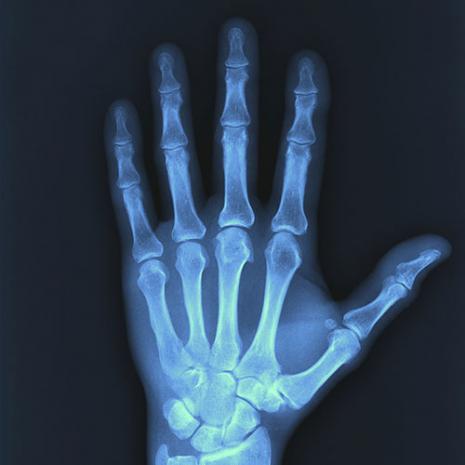
Breaking News
 Nancy Pelosi has officially announced her RETIREMENT at the end of her term, January 3, 2027.
Nancy Pelosi has officially announced her RETIREMENT at the end of her term, January 3, 2027.
 Omeed Malik: The Technocrat Muslim Billionaire Inside MAGA
Omeed Malik: The Technocrat Muslim Billionaire Inside MAGA
 Democrat-led government shutdown is now causing flight delays, threatening air traffic control,...
Democrat-led government shutdown is now causing flight delays, threatening air traffic control,...
Top Tech News
 HUGE 32kWh LiFePO4 DIY Battery w/ 628Ah Cells! 90 Minute Build
HUGE 32kWh LiFePO4 DIY Battery w/ 628Ah Cells! 90 Minute Build
 What Has Bitcoin Become 17 Years After Satoshi Nakamoto Published The Whitepaper?
What Has Bitcoin Become 17 Years After Satoshi Nakamoto Published The Whitepaper?
 Japan just injected artificial blood into a human. No blood type needed. No refrigeration.
Japan just injected artificial blood into a human. No blood type needed. No refrigeration.
 The 6 Best LLM Tools To Run Models Locally
The 6 Best LLM Tools To Run Models Locally
 Testing My First Sodium-Ion Solar Battery
Testing My First Sodium-Ion Solar Battery
 A man once paralyzed from the waist down now stands on his own, not with machines or wires,...
A man once paralyzed from the waist down now stands on his own, not with machines or wires,...
 Review: Thumb-sized thermal camera turns your phone into a smart tool
Review: Thumb-sized thermal camera turns your phone into a smart tool
 Army To Bring Nuclear Microreactors To Its Bases By 2028
Army To Bring Nuclear Microreactors To Its Bases By 2028
 Nissan Says It's On Track For Solid-State Batteries That Double EV Range By 2028
Nissan Says It's On Track For Solid-State Batteries That Double EV Range By 2028
Portable X-ray device would let patients check their own bones

Currently under development at Finland's University of Oulu, the prototype portable X-ray machine measures just 50 by 50 by 130 cm (19.7 by 19.7 by 51.2 in).
Not only is it much smaller than conventional X-ray systems, but because it incorporates built-in radiation shielding, it doesn't have to kept in a lead-lined room, nor does it have to be operated from a separate area. In fact, it utilizes a video screen to guide patients through the process, showing them how and where to place the injured appendage. It then automatically takes the X-rays, and tells the user if a break is detected.
Its instructions – and its imaging voltage – are currently set up for X-raying bones in the palm and ankle. More regions will be added as the system is developed further.
The idea behind the technology is that the relatively inexpensive machines could be set up at locations such as ski resorts or medical clinics, where patients could self-check their injuries to see if a bone was indeed broken. This would reduce the demands placed on larger, pricier, more sophisticated X-ray systems (and their operators), increasing their availability for more important tasks.

 The Technocratic Dark State
The Technocratic Dark State Carbon based computers that run on iron
Carbon based computers that run on iron

